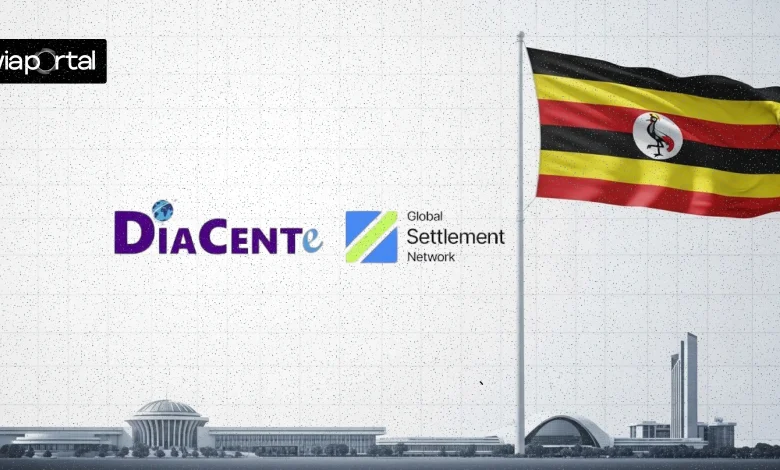By Thuita Gatero | Managing Editor, Africa Digest News
In Greek mythology, the Trojan Horse was the perfect deception. A wooden monument left as a gift at the gates of Troy, appearing harmless, even generous. The Trojans, convinced of their victory, pulled it in. That night, soldiers hidden inside crept out, opened the city gates, and brought the empire to ruin.
Fast-forward to present-day Kenya.
The Trojan Horse has returned. But this time, it doesn’t stand at a city gate. It buzzes in your pocket. You call it M-PESA.
Once hailed as Africa’s greatest fintech innovation, M-PESA revolutionized money. It brought banking to the unbanked, built livelihoods through micro-transactions, and powered the rise of mobile commerce. It was digital democracy, financial inclusion, freedom.
But somewhere along the way, the story changed. That same network of peer-to-peer payments and digital levies is now being weaponized by the State. Not to serve citizens. Not to build infrastructure. But to secure debt in silence.
M-PESA, once a platform of empowerment, has become the most effective fiscal extraction tool in modern Kenyan history.
And we welcomed it. Just like Troy.
Welcome to the Era of Revenue-Based Governance
Let’s get this straight: the government no longer needs to raise taxes the traditional way. It doesn’t even need to float Eurobonds or face Parliament to get funding.
All it needs now is a predictable stream of digital cashflows.
And that’s exactly what M-PESA provides:
- Over KSh 35.6 trillion processed in 2024.
- More than 60% of Kenya’s adult population using the platform.
- 10+ transactions per user per week, touching every part of life: fuel, food, transport, electricity, airtime, medicine.
READ ALSO:When the Wind Changes, Build Wings Not Walls
What this creates is not just a digital economy. It creates a collateral base.
A government can now pledge transaction-based levies, mobile tax collections, and wallet service charges as guaranteed revenue to raise loans.
Debt, once debated, is now embedded.
We don’t have to imagine how this works. We’ve already seen it.
In 2023, the Kenyan government quietly introduced a KSh 7 fuel levy, tucked inside pump prices and collected invisibly at scale. Then, without public scrutiny or parliamentary debate, that levy was securitized to raise a loan of KSh 175 billion.
- No disclosure of interest rates.
- No official entry into national debt books.
- No citizen-facing audit.
Why does this matter to energy? Because every time a boda boda rider fuels up, every matatu driver, every generator powering rural clinics, they are paying into a pipeline not of national development, but loan repayment.
Their payments are not building roads or buying oil. They are feeding financiers.
And now, the state is reportedly planning to securitize another KSh 5.
M-PESA as Infrastructure, Not Just Interface
Here’s the shift nobody talks about: M-PESA is no longer a platform. It is infrastructure. A national utility. It underpins:
- PAYG solar payments in rural counties
- KPLC prepaid electricity tokens
- SHA contributions
- School fees and government subsidies ● County permit fees and traffic fines
And yet, there is zero legislation defining M-PESA as public infrastructure. Which means, despite the billions that flow through it, it operates in a grey zone of public dependency and private control.
Now imagine this system, so central to energy access and basic services, being used as a private debt vehicle by the State.
That’s not fiscal policy. That’s digital capture.
Kenya is not alone. Around the world, governments are realizing the same thing: if it flows, it can be forecasted. If it can be forecasted, it can be sold.
- In Ghana, the controversial E-Levy was used to support domestic bond issuances after Eurobond markets dried up.
- In Brazil, the Pix payment system is enabling real-time tax reconciliation and is being explored for government-backed lending.
- In India, UPI data is feeding into public credit modeling and cash flow-based underwriting for state programs.
A 2023 World Bank report warned: “Digitized tax flows are increasingly being used as informal collateral without corresponding public oversight or disclosure standards.”
That’s the real danger. Not that digital payments are happening but that they are invisible until they are irreversible.
Let’s bring this back to energy.
Most rural electrification efforts in Kenya depend on digital payments. Whether it’s paying for tokens, buying kerosene alternatives, or accessing e-mobility platforms, the rail is digital, and that rail is often M-PESA.
If that rail becomes compromised by debt servicing logic, several things happen:
- Tariffs can’t be reduced not because energy costs are high, but because repayment obligations are higher.
- Subsidies can’t be funded because every coin is already pledged.
- Energy innovation stalls because fintechs can’t operate outside state-locked transaction frameworks.
In other words, the energy transition becomes a hostage of securitized revenue politics.
And let’s be clear: climate resilience cannot exist in a digitally indebted state.
READ ALSO:Why Africa’s AI Revolution Must Be Led by Real-World Needs, Not Just Ambition
The brilliance of the Trojan Horse wasn’t just in its deception. It was in how easily the Trojans welcomed it.
We welcomed M-PESA.
We lobbied for it. We built products on top of it. We preached inclusion.
And we won.
But that victory was incomplete. Because now, the same tool we trusted to liberate us is being used to lock us into invisible contracts, unspoken debt, and irreversible pricing.
No citizen voted for this.
No MP debated it.
No regulator stopped it.
That’s the real crisis. Not just debt. But debt without democracy.
It’s not enough to call it out. We must now restructure the logic.
- All securitized digital revenues must be disclosed and published.
- Parliament must ratify any pledge of mobile-based tax flows.
- Energy and fintech providers must form a coalition to resist pricing lock-in.
- The Central Bank and Energy Ministry must co-develop a regulatory framework for digital payment infrastructure as national utilities.
- A Citizen Dashboard should be launched to track where mobile fees go, how they’re pledged, and to whom.
Because the moment we stop tracking where our money flows, we surrender our sovereignty.
M-PESA is not the enemy. But it has been captured. Used as a quiet delivery mechanism for debt. Pledged behind closed doors. Monetized without consent.
If we do not act, we will wake up one day to find our energy costs unaffordable, our fintech innovation frozen, and our digital freedom sold off by the kilobyte.
Just like the Trojans, we will wonder how it all collapsed.
And we will remember the day we pulled the horse in and called it progress.






Leave a Reply